1. Las Vegas, Nevada
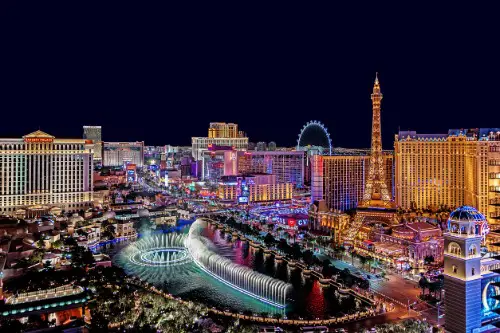
Las Vegas is famous for its nightlife, but the weather is far from a draw for most residents, according to Shannon Miller from Las Vegas Weekly. While the dry desert climate means little rainfall, it also comes with scorching summer days that push past 110°F. The temperature here doesn’t just make people uncomfortable – it can also lead to health risks like heat exhaustion and dehydration. Even in the evenings, the temperature rarely drops below 80°F, keeping the heat lingering long after the sun sets.
The summer heat is one thing, but it’s the harshness of the environment that makes people rethink living here. Beyond the temperature, there’s the constant threat of dust storms, and the area is in the midst of a major drought. This leaves people questioning the city’s long-term habitability. When coupled with high air conditioning costs and limited green space, it’s clear why many hesitate to settle here.
2. Phoenix, Arizona
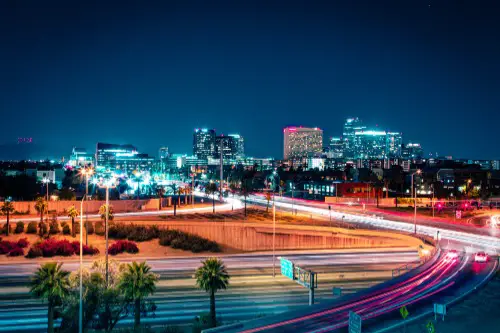
Phoenix might be known for its sunny, endless skies, but it’s the blistering heat that really drives people away. Summer temperatures regularly soar above 110°F, making it feel like walking through an oven, according to Aliya Uteuova from The Guardian. Despite the dry heat, the intensity of it can be downright dangerous, especially with occasional dust storms adding to the misery. Even with air conditioning everywhere, the heat can be overwhelming and unbearable for long periods.
Additionally, the extreme heat has a ripple effect on daily life, making outdoor activities nearly impossible during the hottest months. The sweltering temperatures mean that people who enjoy spending time outside or in more temperate climates often shy away from Phoenix. On top of the heat, the city’s rapid growth strains its water supply, raising concerns for long-term sustainability. These environmental pressures make it a place where many choose not to settle for good.
3. Dallas, Texas

Dallas’s weather is famously unpredictable, but the sweltering heat and occasional severe storms are what make it stand out, according to Alex Nguyen and Matt Kyle from The Dallas Morning News. Summers are long and brutal, with temperatures regularly topping 100°F for weeks on end. Combined with the humidity, it’s not uncommon to feel like you’re walking through a sauna. This sticky air, combined with the relentless heat, often causes people to rethink their decision to move there.
What adds to the mix is the city’s susceptibility to tornadoes and severe thunderstorms, especially in spring and fall. These storms can cause massive destruction in a short amount of time, making residents always feel on edge. While Dallas is known for its strong economy and cultural attractions, the weather extremes often overshadow the city’s allure. For those who prefer milder conditions, the chaotic weather can make Dallas less appealing.
4. Denver, Colorado
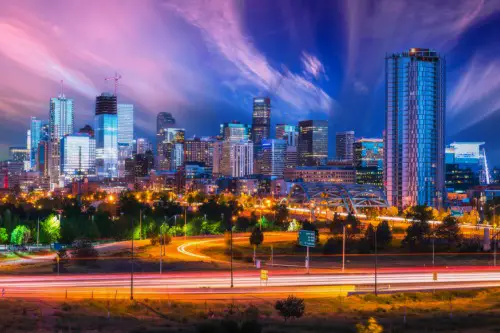
Denver might have its charm with outdoor activities, but the city’s weather extremes are something else entirely. One minute it’s sunny and warm, and the next, a snowstorm might blow in unexpectedly. The city is known for its “snow in May” phenomenon, which can feel like whiplash for newcomers. These sudden shifts in temperature, combined with high altitude and thinner air, can make it difficult for people to adjust to daily life, according to Joe Ruch and Callie Zanandrie from CBS News.
Adding to the extremity is Denver’s unique weather pattern, which often experiences drastic temperature drops within a single day. People who move to Denver for the outdoor lifestyle often find themselves caught in the city’s unpredictable weather cycles. From freezing temperatures in the morning to sweltering heat by afternoon, it’s hard to prepare for what’s coming next. All these factors make Denver’s weather feel like a constant rollercoaster.
5. Salt Lake City, Utah
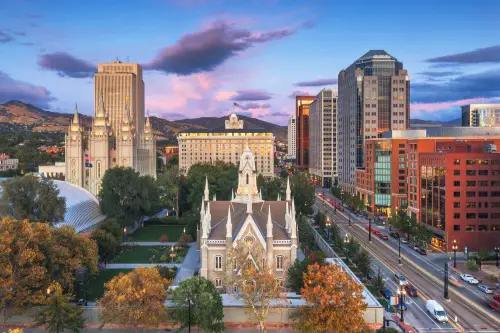
Salt Lake City’s weather is known for one thing: its extreme shifts between dry heat and snowy winters. Summer temperatures can easily climb to 100°F or higher, making outdoor activities nearly unbearable during the day. Yet, in winter, the city is often buried under layers of snow, with temperatures dipping below freezing. The combination of these extremes makes it challenging to find a balance when trying to enjoy the outdoors year-round.
The region also suffers from a unique weather phenomenon known as the ” inversion,” which traps pollution in the air during winter months. This makes the air in Salt Lake City not only uncomfortably cold but also unhealthy to breathe. While the city offers beautiful scenery and access to ski resorts, the weather’s extremes make it a tough place to stay long term. For many, it’s a place to visit, but not a place to call home.
6. Chicago, Illinois
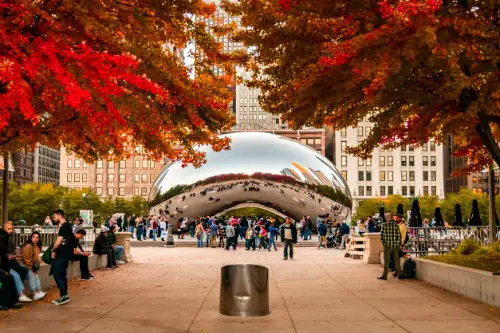
Chicago is notorious for its extreme winters, and it’s the bitter cold that drives many away. With wind chills regularly dipping well below zero, stepping outside during the winter months can feel like facing a wall of ice. The infamous “Windy City” doesn’t help either, as the gusts seem to cut straight through layers of clothing, according to Ed Curran, Marissa Sulek, Albert Ramon, and Mary Kay Kleist from CBS News. Many newcomers underestimate how harsh Chicago’s winters really are, leading to buyer’s remorse.
When the winter finally ends, the summer heat can catch people by surprise as well. Temperatures often climb into the 90s with high humidity, making the air thick and hard to breathe. Residents have to deal with drastic seasonal shifts, making it difficult to adjust to year-round living. It’s a city that constantly challenges your ability to adapt to extreme weather conditions, making some question whether the charm is worth it.
7. Oklahoma City, Oklahoma
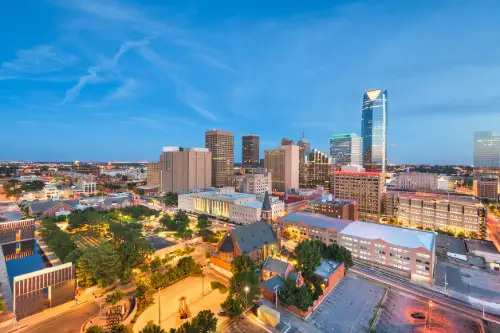
Oklahoma City is a land of extremes, where the weather can switch from mild to severe in a matter of hours. In summer, temperatures regularly reach the high 90s and into the low 100s, with a brutal mix of humidity. It’s not just the heat that makes it difficult to live here – Oklahoma is part of “Tornado Alley,” meaning frequent tornadoes and severe storms. These weather events can leave destruction in their wake, keeping people on edge year-round.
What makes the situation worse is the unpredictability of these storms, which can occur at any time without much warning. Residents often have to contend with tornadoes in the spring, while the summer heat and humidity offer little relief. This constant unpredictability can make living in Oklahoma City feel like you’re always bracing for the next big weather event. For those used to milder climates, it’s hard to feel comfortable in a city so prone to violent weather.
8. Albuquerque, New Mexico
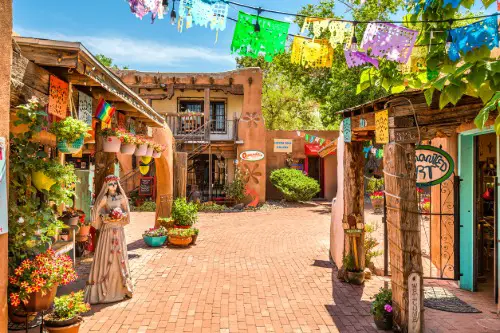
Albuquerque is known for its sunny days and mild winters, but the city’s dry desert climate can be hard to bear. Summer temperatures routinely top 100°F, and the dry air makes it feel even hotter. While there’s little to no rainfall for much of the year, the combination of heat and dust storms makes outdoor life pretty miserable. If you’re someone who craves a lush, green environment, Albuquerque might leave you longing for a change.
Another downside of Albuquerque’s extreme weather is the dramatic temperature swings that occur within a single day. Even in summer, temperatures can fluctuate from the high 90s during the day to chilly 50s in the evening. This erratic pattern means that you’re constantly adjusting your wardrobe, making daily life feel unpredictable. Despite its appeal for those seeking adventure, Albuquerque’s weather extremes can quickly become a deal-breaker for many.
9. Houston, Texas
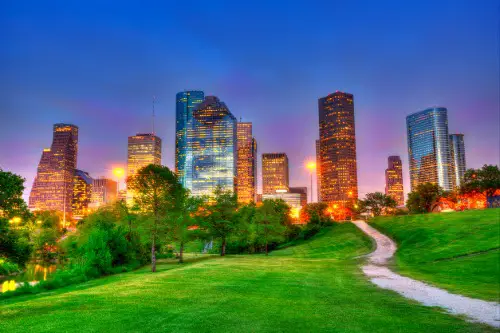
Houston’s weather is relentless, and it’s not just the heat that gets to you – it’s the humidity. Summers are brutal, with temperatures routinely climbing into the 90s, but the humidity makes it feel even worse. Stepping outside in Houston can feel like walking through a thick fog, and the oppressive air can sap your energy. For those used to drier climates, it’s a tough adjustment, and many find it unbearable over time.
Add to that the annual threat of hurricanes and tropical storms, and Houston’s weather is far from forgiving. When a hurricane hits, the flooding and destruction can be catastrophic, making it a risky place to settle long-term. Even in milder years, the city regularly experiences rainstorms that can cause flooding. These weather patterns create a stressful living environment that makes some people reconsider calling Houston home.
10. Anchorage, Alaska
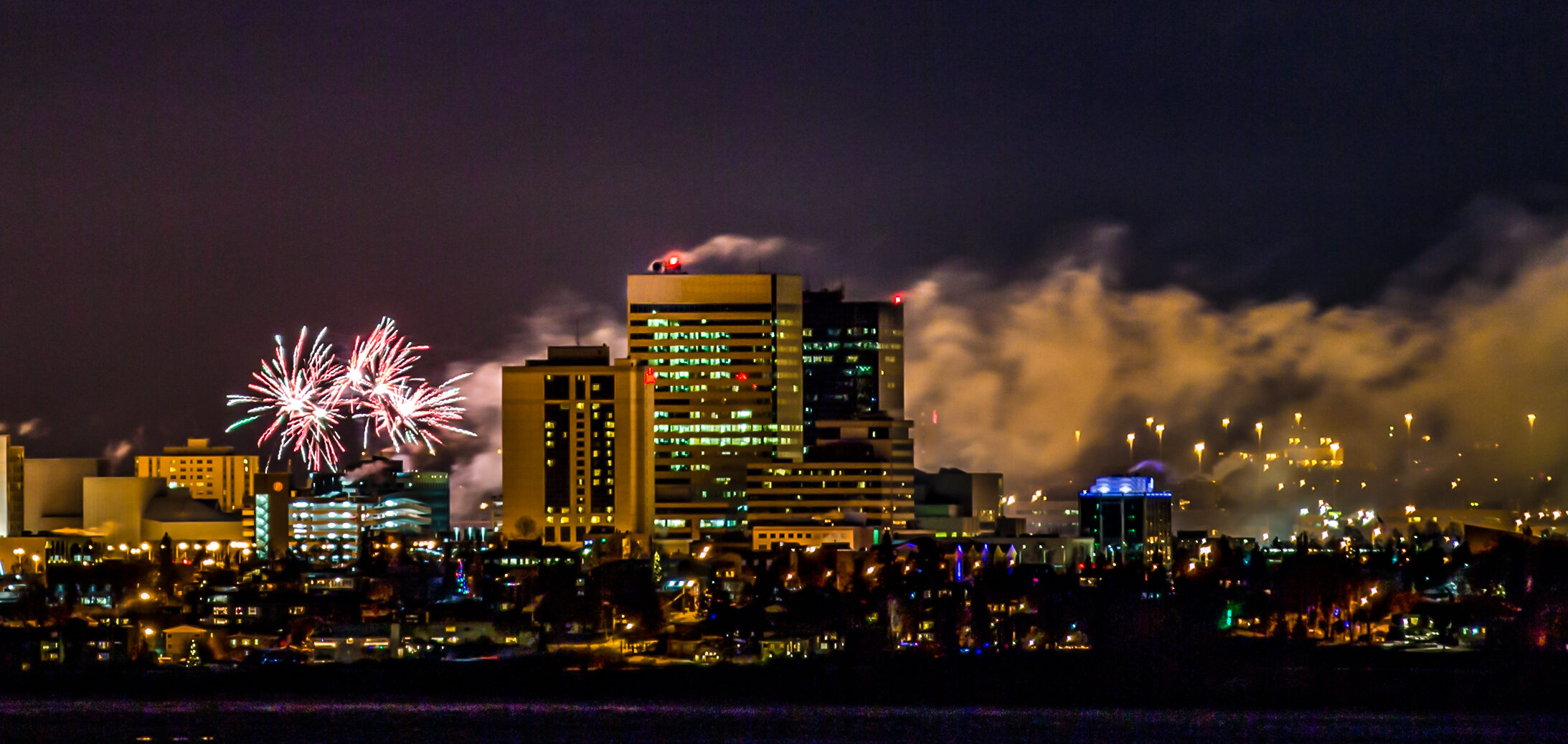
Anchorage might seem like a peaceful escape, but the city’s long, dark winters and short summers are extreme in their own right. In winter, daylight hours are limited to just a few hours per day, leading to a sense of isolation and seasonal affective disorder (SAD). The cold temperatures can dip to -20°F or lower, with ice and snow accumulating for months. The lack of sunshine for much of the year can be particularly tough for newcomers who aren’t used to months of darkness.
While summer days are long, the constant fluctuations between freezing and mild temperatures can make the weather hard to predict. In summer, temperatures barely make it past the 60s, and the brief warmth is often accompanied by relentless rain. For those who prefer a more temperate climate, Anchorage can feel oppressive. It’s a place where the weather can feel like a constant challenge, not just for newcomers, but for residents who’ve lived there for years.
11. Miami, Florida
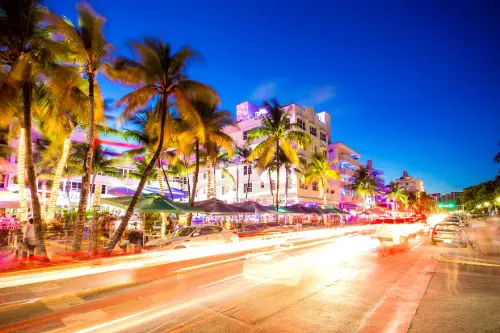
Miami’s weather is famous for its tropical humidity and frequent rainstorms, which can be overwhelming to those used to dry heat. While the city’s year-round warmth is a draw for many, it comes with the sticky air that makes it uncomfortable to spend time outdoors for much of the year. The humidity levels are consistently high, making even 80°F feel sweltering. It’s not unusual for people to avoid spending too much time outside unless they’re at the beach.
Moreover, Miami is no stranger to hurricanes, with storm season running from June to November. These massive storms can lead to flooding and extensive property damage, making the city feel like it’s always on the brink of disaster. The combination of humidity, storms, and unpredictable weather patterns means that Miami is a place where living can feel like constantly battling the elements. For many, this unpredictability is enough to deter them from settling there for the long haul.
12. Fargo, North Dakota
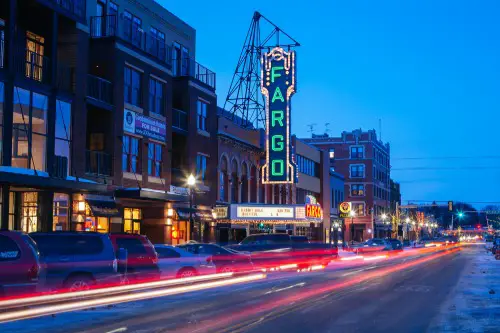
Fargo’s extreme cold and lengthy winters are not for the faint of heart. Winter temperatures regularly dip below -10°F, with wind chills that make it feel even colder. Snowfall is constant from November through March, and the region can see several feet of snow every season. For those unaccustomed to such frigid temperatures, the idea of spending months on end in near-perpetual winter can be a huge deterrent.
What makes it even more challenging is the limited daylight during the winter months, which can lead to depression and a lack of motivation. The cold can also make outdoor activities difficult, especially since temperatures often dip into dangerously low levels. Fargo’s harsh climate is a major reason why people tend to pass on living there. Even those who grow up in the area often dream of warmer places to settle once they experience the brutal winters.


